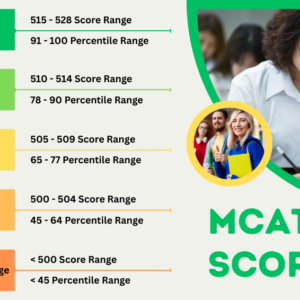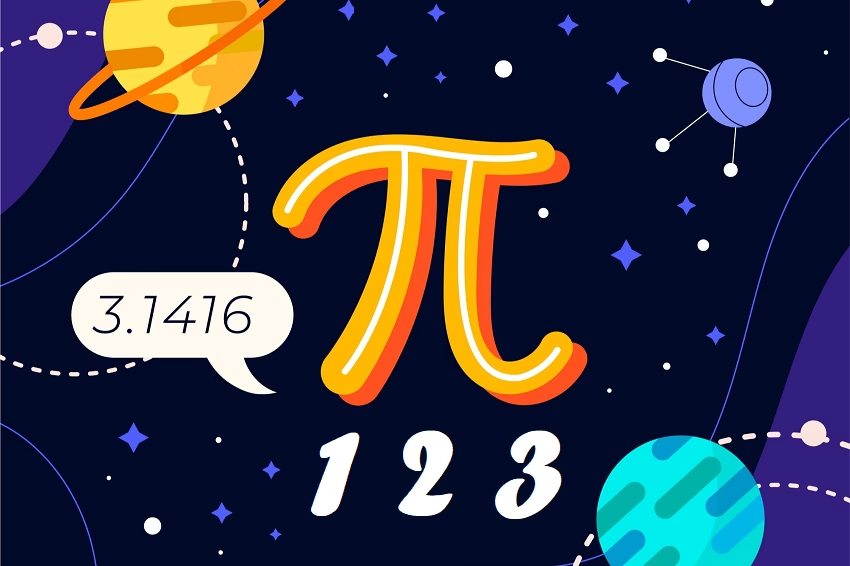The Integrated Reasoning part of your GMAT will measure your ability to interpret data, determine relevance, and how they apply to come up with a strategic solution. In the corporate world, this type of skill is crucial when you are trying to dissect a problem and craft a multi-pronged strategy on how to address it.
The IR section only has 12 questions that are divided into four classifications –Table Analysis, Multi-Source Reasoning, Two-Part Analysis, and Graphics Interpretation.
You only have half an hour to finish this section. This can prove to be challenging to some, especially since each question has 2-3 parts.
When you take the best GMAT prep course, you will learn all these key facts about the IR questions:
- You can’t go back to replace your answer once you already submitted it. The same rule applies for Verbal Reasoning and Quantitative Reasoning, so think carefully before you submit your answer.
- All the choices for the question will be flashed on the same screen
- There’s no partial credit. All the parts of the question should be answered correctly to get credit
- You can’t move on to the next question unless you finish submitting your answers to each part
- While you may see some numbers, the IR won’t test your quantitative reasoning. That’s for another section
- Some questions may be presented in different sets of graphics or data. Both graphics don’t necessarily have a causal relationship. If you wrongly answer a question on one part, this might not impact on your answers on the next graphs presented.
Quick Tips to Follow so You Can Ace the GMAT IR Section
- Familiarize yourself with graphs and charts. You will encounter them in questions that require graphics interpretation. Know your strengths. Some people are natural at analyzing graphs
- Take your time with table analysis questions. It’s easy to misunderstand the problem because it’s purposely vague. The worst thing to do is failing to comprehend what the question intended to do. You will likely end up with the wrong answer
- Brush up on your reading comprehension skills. Reading comprehension will come in handy for the two-part analysis, which will test your verbal or mathematical ability. Both don’t need to be present in the answer.
- Weigh the question with the data presented. The whole page may seem very confusing due to the sheer amount of data given. Take your time to study the data and weigh it against the question. Again, it’s easy to misunderstand the question, so be careful.
- Take an educated guess. You can’t possibly answer all the questions but remember that you are also being timed. Don’t spend too much time on a single question if you don’t know the answer. Just click on your best guess and move on.
Strategies for Multi-Source Reasoning:
- The facts and information are presented on the left tab, while the right tab contains the question and possible answers.
- Understand the question carefully to recognize the intent. Some questions will test whether you see the disparity in data. Other questions ask you to draw a conclusion using the inference method, while others will ask you to spot the relevance of the data.
- The questions are designed to be vague and challenging. But all the facts you need are on the left tab.
- Consider the relationship between words and sentences. Brush up on your comprehension level.
Strategies for Graphics Interpretation:
- The text on the paper is as important as the accompanying graphs, tables, and charts.
- Study the marked values, the scale of the axes, the relative parts, labels, trends, variables, and relationships, among others. Make sure to watch out for data disparity and discrepancies.
- The drop-down menu is crucial to find out additional information from the list of options. By reading all the choices, you get an idea of what the question is asking you to do.
- Sometimes, one or two choices in the drop-down menu may seem like a possible answer. Select the one that seems closest to the problem statement.
Strategies for Two-Part Analysis:
- You will be presented with multiple-choice answers for a problem statement, which asks for two possible answers. You will submit the best possible answer for the first question, and submit another most accurate answer to the second question.
- This tests your ability to attack the problem from multiple angles. Take your time with each question to determine what it asks you to do.
- You have to ascertain whether the answers are dependent or independent. Some questions prompt tasks that are distinct from each other. Other questions have an established relationship.
Strategies for Table Analysis:
- From the problem statement, you will answer whether it’s yes or no, or true or false.
- Analyze the sets of data presented in the left column of the page and then read the question carefully to ascertain the type of task required.
- Appreciate the sets of data carefully based on the required task–whether yes or no, or true or false. Make sure you can see from the table and the text that the conditions have been met.
Passing the GMAT needs excellent time management skills. This you will learn from the best GMAT prep course.
You’re only given a limited time to finish all four sections of the test. Again, this skill would be crucial in the real world, and that’s why business schools are quite insistent on it.






